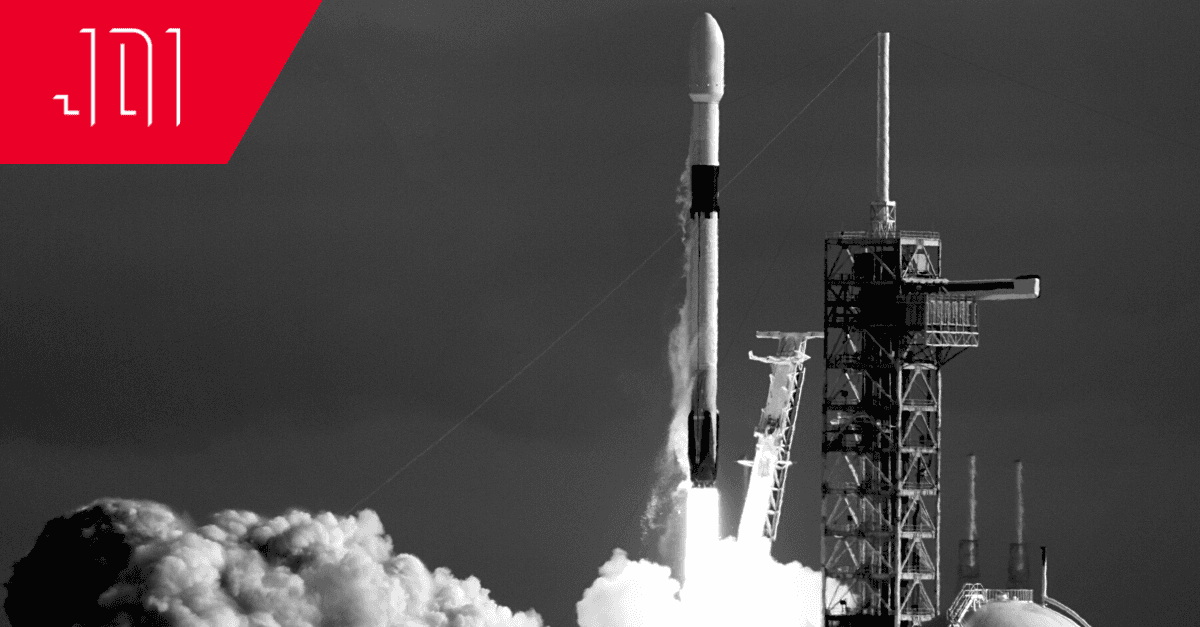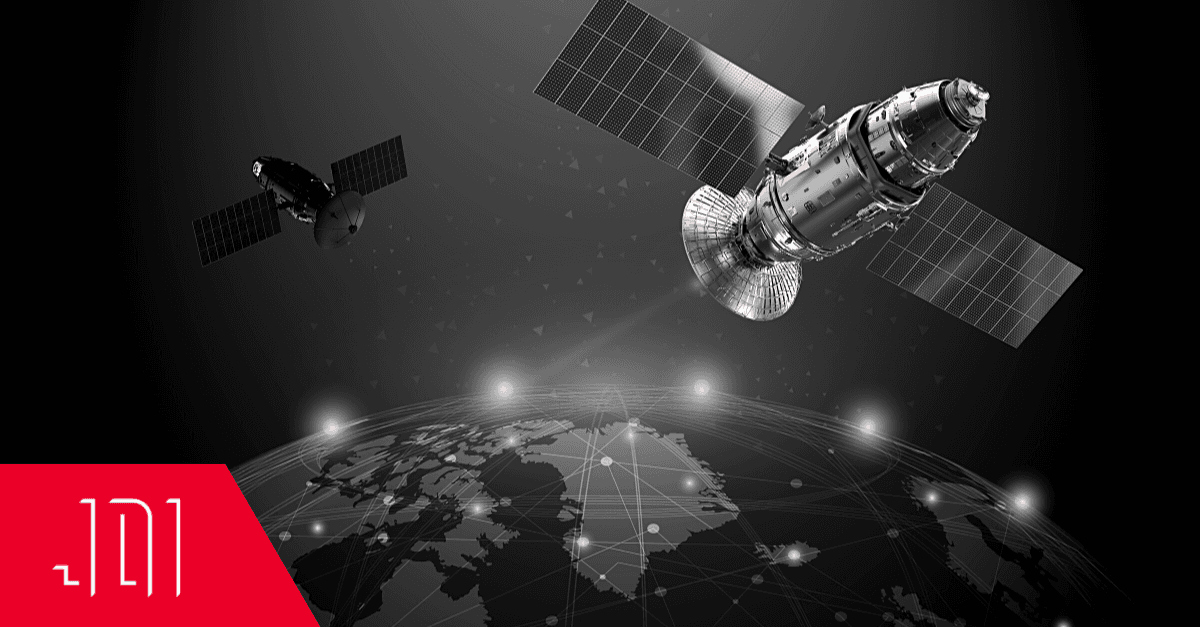What's Going Up?
Ridesharing isn’t just for your Uber or Lyft anymore – more and more companies are getting in on the space game. At The Superposition, we have talked about smallsats and cubesats before, but a lot has changed since then. While it isn’t necessarily any cheaper to get to space, there are more launches than ever before. SpaceX is still a big name with their Transporter missions, but it is now significantly easier to book a slot on Russian Soyuz rockets. Virgin Orbit is exploring candidate sites for launch services from South Korea, on top of their already successful LauncherOne, an under-mounted satellite deployment rocket on a modified Boeing 747.
Relative newcomers like Firefly, Launcher and Rocket Lab have had highly successful years as well. The Texas-based Firefly had their first successful launch and deployment of customer satellites in late 2022. Launcher saw some routine delays to their rocket, and are going to orbit for the first time in January of 2023. Rocket Lab started sending payloads to space in 2018, and has scaled rapidly to meet demand for public and private launches. Others are hopeful to break into the launcher market in 2023, like Relativity Space and Astra.
But what, exactly, are humans sending skyward? We wanted to focus on three distinct trends that we’re seeing in the space industry, and what we see from the potential impact.
Imaging and Monitoring
You don’t have to be Narcissus to know how much humans like to look at themselves. It should come as no surprise that one of the most popular launch packages is for imaging and monitoring constellations. Agriculture, infrastructure, defense, maritime and logistics are the key industries that are playing in this space. Monitoring constellations give customers data to find out and fact check what is going on in their business, or with competitors. For private constellations, this is an arms race that is heating up: image quality and how frequently images are captured are the key qualities.
Image quality for direct, photographic imaging is widely available at 5 meters in resolution, and sub 1 meter resolution isn’t too far off: a startling fact when the first imaging satellites were dropping film canisters from orbit. While most constellations-for-hire focus on visual imaging, as it becomes more difficult to produce large jumps in image quality and resolution, the differentiators have become alternative spectrums and frequency bands.
Synthetic aperture radar (SAR) is a clever hack using a moving antenna to increase the resolution of the image produced. Normally, an extremely long antenna is needed to produce the proper frequency. However, since satellites naturally have orbital flight paths, they can mimic the results that would come from a very large and stationary radar, hence, “synthetic aperture”. SAR is extremely useful because it doesn’t rely on visibility conditions: it's usable day or night, and easily penetrates through cloud cover. Newer frequency bands can also see through tree cover, though balancing polarization and scatter. SAR also requires a hefty amount of processing to produce usable results.
More recently is the adoption of hyperspectral imaging – a blend of traditional imaging and spectroscopy. Each individual pixel in an image captured consists of continuous spectral bands across the entire spectrum. Instead of flipping between UV or IR or visible, the image is created as an uninterrupted viewing of the whole band – ending up recorded in a hyperspectral cube. The idea stands that more data in higher resolution is the best data.
Frequency, by comparison, is a far more simple question: who sends the most satellites? Our interview with Dr. Moriba Jah speaks to the potential impacts of over-burdening our orbital pathways. We should be conscious of what we are sending up, making sure that anything we put into orbit has a way to make it back down to earth in a safe and responsible manner.
Constellations as a Service
Five years ago, sending up one satellite was a feat: it involved heavy coordination across multiple industries to get a prototype built, let alone to have an adequate testing environment. Despite this, the failure rate of a satellite was still historically high: this report from NASA details a failure rate of smallsats between 2000 and 2016 at 41.3%. Today, SpaceX sees a failure rate around two and a half percent in StarLink satellites (an astounding reduction, but also a terrifying number given the size of their constellation).
Lusting after a private satellite constellation, but lacking aerospace engineering credentials? If your pockets are deep enough, there are multiple companies on the market that have constellation-as-a-service offerings. Just sign on the dotted line, and a full range of satellites will be made to order just for you – whatever your needs.
A perfect example of this is seen in public research: space agencies aren’t the only ones with their own satellites. Public agroforestry services are monitoring their land for trespassing, poaching and unauthorized logging. Waste and water management branches are protecting their assets from illegal use and dumping.
Satellite Infrastructure and Security
While private constellations are notable in their own right, the more interesting point is how they work together, how to gain actionable insights quickly, and how to keep it all secure. If more and better data is being produced from the higher quality imaging, and greater volume of satellites in orbit, how does a constellation talk amongst itself?
The problem with more and better data is also bigger data – and there is only so much that can be sent over radio waves. Most satellites operate in the X-band radio frequency, and have data rates of anywhere from 300-600 mbps (comparatively speaking, the average 5G mobile connection sits somewhere between 100-250 mbps). When sending massive imaging files, this creates a huge data bottleneck. The simple approach to this problem is to break the bottleneck and solve for transmission speeds, which is exactly what Skyloom is doing with optical (lasers!) transmissions. Optical communications are not only faster, but are more secure than radio waves.
The more complex solution is to make our satellites smarter, which the new space industry is finally equipped to do. While it’s great for the bottom line that the cost of processing power is the lowest it has ever been, more importantly, it's the smallest it has ever been. Modern satellites are being deployed with enough onboard computing power to perform the initial analysis – before the data ever reenters the earth’s atmosphere.
What does this mean for the rest of us on the ground? The New Space industry will catch up with the speed that the rest of our lives run at, and help to empower our daily communications and business decisions. It will keep both the public and private industries more informed about what is going on in the world – without feeling like we’re under a microscope. We just hope that it’ll help us remember where we parked.





